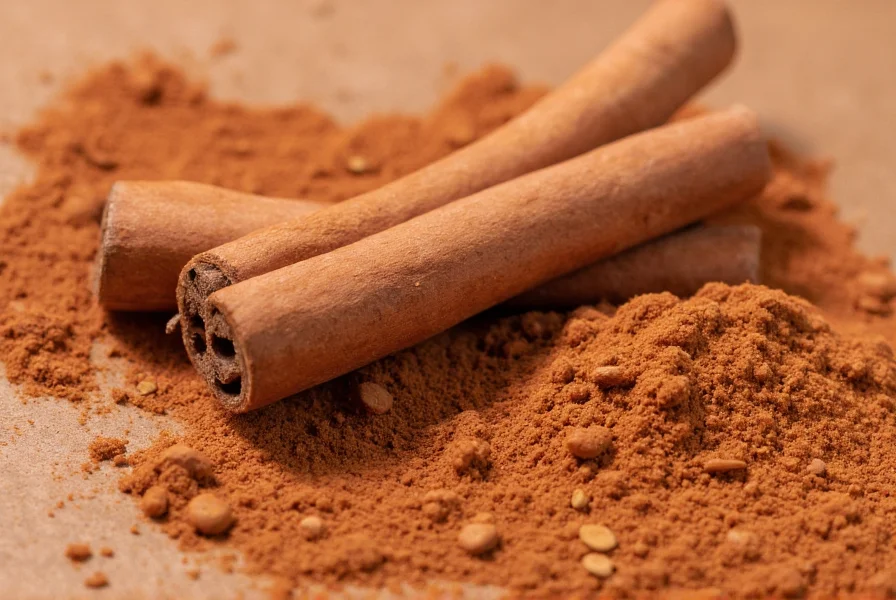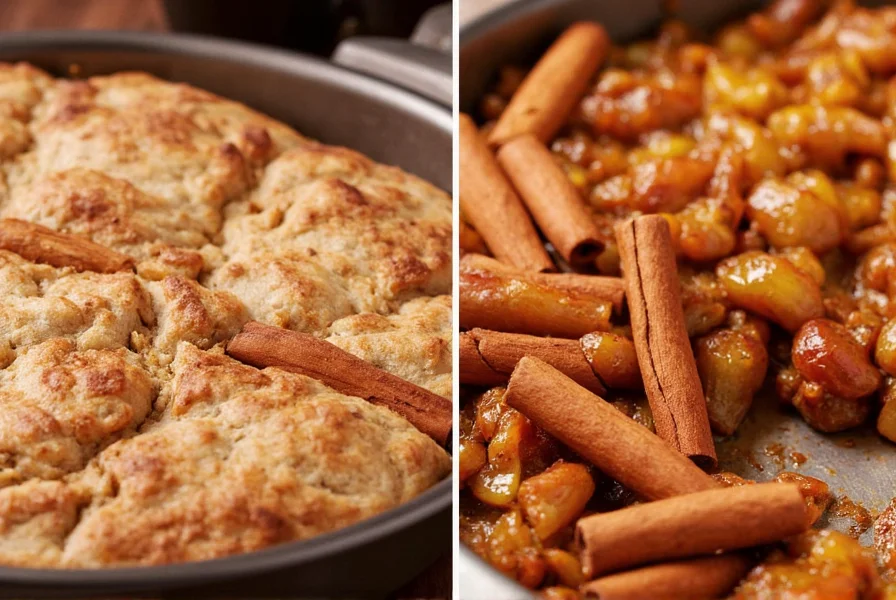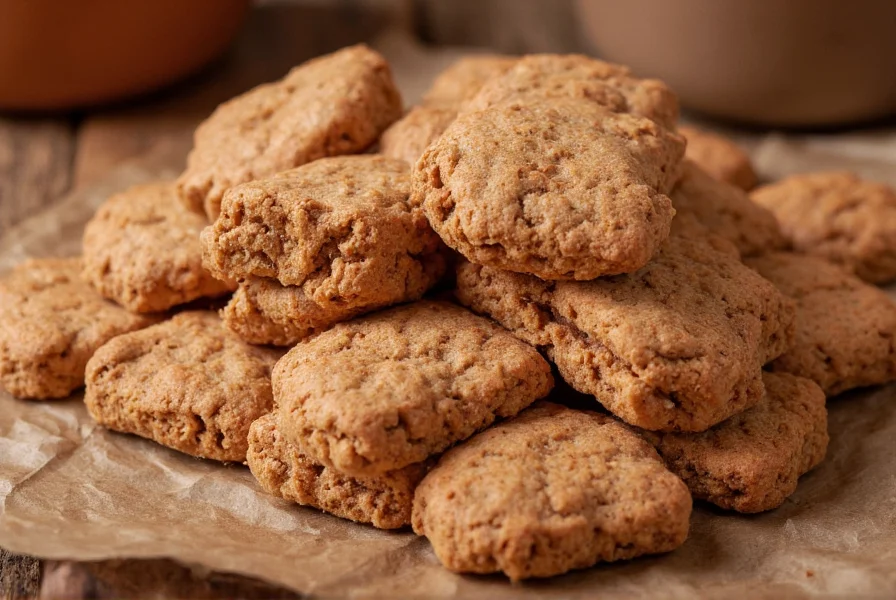Many people wonder is cinnamon sweet because it appears in so many desserts and sweetened products. This common misconception stems from cinnamon's frequent pairing with sugar in recipes, but the spice itself has a distinctly non-sweet flavor profile. Understanding the science behind cinnamon's taste can help clarify this culinary confusion.
The Science Behind Cinnamon's Flavor
Cinnamon's primary flavor compound is cinnamaldehyde, which makes up 60-90% of its essential oil. This chemical creates cinnamon's characteristic warm, spicy sensation rather than sweetness. When you taste pure cinnamon, you'll notice:
- An initial warm, almost hot sensation on the tongue
- Subtle bitter notes, especially with cassia cinnamon
- Complex undertones of citrus and wood
- No activation of sweet taste receptors
Our taste buds have specific receptors for five basic tastes: sweet, sour, salty, bitter, and umami. Cinnamon primarily stimulates bitter and sometimes spicy (technically a sensation, not a taste) receptors, not sweet ones. This explains why is ground cinnamon sweet is a common question with a counterintuitive answer.

Ceylon vs. Cassia: Flavor Differences
Not all cinnamon is created equal when it comes to flavor perception. The two main varieties differ significantly:
| Type | Flavor Profile | Sweetness Perception |
|---|---|---|
| Ceylon ("True" Cinnamon) | Milder, more delicate, with citrus notes | Slightly less bitter, may seem "sweeter" by comparison |
| Cassia (Common Grocery Store) | Stronger, spicier, more bitter | More pronounced bitterness, less "sweet" perception |
Cassia cinnamon, which makes up 90% of cinnamon sold in North America, contains higher levels of coumarin, contributing to its more pronounced bitterness. This explains why some people might wonder why does cinnamon taste sweet when they've only experienced it in sugary contexts.
Why Cinnamon Appears in Sweet Recipes
The reason cinnamon flavor profile explained matters for cooks is understanding why this non-sweet spice enhances sweet dishes. Food science reveals several reasons:
- Flavor layering - Cinnamon's complexity adds depth to simple sweet flavors
- Contrast effect - Its slight bitterness balances excessive sweetness
- Aromatic enhancement - Volatile compounds in cinnamon intensify the perception of sweetness
- Thermal synergy - When heated, cinnamon's compounds interact with sugar to create new flavor molecules
Research published in the Journal of Food Science shows that spices like cinnamon can reduce the amount of sugar needed in recipes by up to 20% while maintaining perceived sweetness. This makes it valuable for cinnamon in baking versus savory dishes applications where sugar reduction is desired.
Cinnamon in Savory Applications
Understanding that is cinnamon sugar actually sweet (it's the sugar that's sweet, not the cinnamon) helps explain its versatility. Across global cuisines, cinnamon appears in savory dishes where no sugar is added:
- Moroccan tagines and spice blends like ras el hanout
- Indian curries and biryanis
- Mexican mole sauces
- Chinese five-spice powder
- Middle Eastern lamb dishes
In these applications, cinnamon contributes warmth and complexity without any sweetening effect. Chefs use it to balance other flavors rather than to add sweetness. This demonstrates that does cinnamon have natural sugar is a misconception—pure cinnamon contains negligible sugar (less than 0.1g per teaspoon).

Cinnamon and Blood Sugar: The Research
Some confusion about cinnamon's sweetness may stem from research on its potential effects on blood sugar. Studies suggest cinnamon might improve insulin sensitivity, but this doesn't make the spice itself sweet.
A comprehensive review in the American Journal of Clinical Nutrition found that while cinnamon may help regulate glucose metabolism, it contains no compounds that trigger sweet taste receptors. The spice's potential health benefits relate to its polyphenol content, not any sweetening properties.
Practical Tips for Using Cinnamon
Understanding cinnamon's true flavor profile can transform your cooking:
- When is cinnamon sweet matters in recipes, remember it enhances but doesn't provide sweetness
- For sugar reduction, use 1/4 teaspoon cinnamon to replace 1 teaspoon sugar in baked goods
- In savory dishes, pair with black pepper to mellow any perceived bitterness
- Toast whole cinnamon sticks before grinding to enhance flavor complexity
- Store cinnamon in a cool, dark place to preserve its volatile flavor compounds
Common Questions About Cinnamon's Sweetness
Does cinnamon contain sugar?
Pure cinnamon contains negligible sugar—less than 0.1 grams per teaspoon. The sugar content in cinnamon-sugar blends comes entirely from added sugar, not the cinnamon itself. Cinnamon's natural composition is primarily fiber, with trace amounts of natural compounds like cinnamaldehyde that create its distinctive flavor.
Why do sweet foods with cinnamon taste less sugary?
Cinnamon's complex flavor profile creates a perception of sweetness through contrast and aroma. Its slight bitterness balances excessive sweetness, while its warm, spicy notes trigger olfactory receptors that enhance the overall flavor experience. Food science research shows cinnamon can reduce the amount of sugar needed in recipes by up to 20% while maintaining the same perceived sweetness level.
Can I use cinnamon as a sugar substitute?
While cinnamon isn't sweet itself, it can help reduce sugar in recipes. Use 1/4 teaspoon of cinnamon to replace approximately 1 teaspoon of sugar in baked goods. Cinnamon works by enhancing other flavors and creating a more complex taste profile that satisfies sweet cravings with less actual sugar. However, it cannot completely replace sugar's structural and textural roles in baking.
Why does cinnamon seem sweeter in some dishes than others?
Cinnamon's perceived sweetness depends on what it's paired with. In dishes containing sugar or sweet ingredients, cinnamon's warm notes complement and enhance the sweetness. In savory applications with ingredients like tomatoes or citrus, its flavor may seem more pronounced and less sweet. The cooking method also matters—heat releases cinnamon's volatile compounds differently, altering how we perceive its flavor.
Does the type of cinnamon affect its sweetness perception?
Yes, Ceylon cinnamon ("true" cinnamon) has a more delicate, slightly sweeter flavor profile compared to the more common Cassia cinnamon, which is stronger and more bitter. Ceylon contains less coumarin, resulting in less bitterness. This difference explains why some people might perceive Ceylon as "sweeter," though neither variety is actually sweet. The milder Ceylon works better in dishes where a subtler spice note is desired.











 浙公网安备
33010002000092号
浙公网安备
33010002000092号 浙B2-20120091-4
浙B2-20120091-4